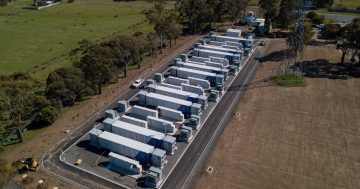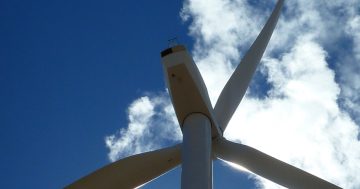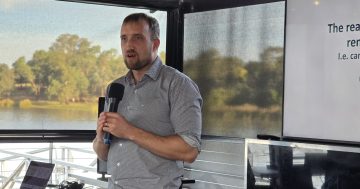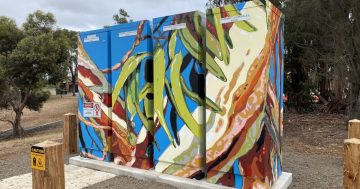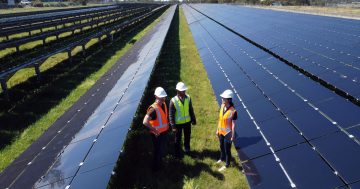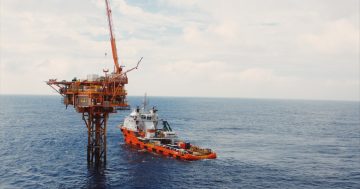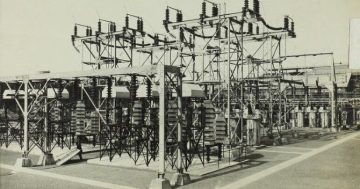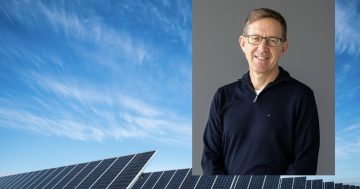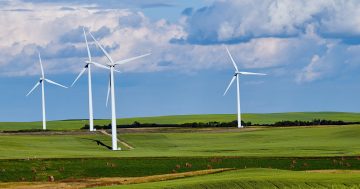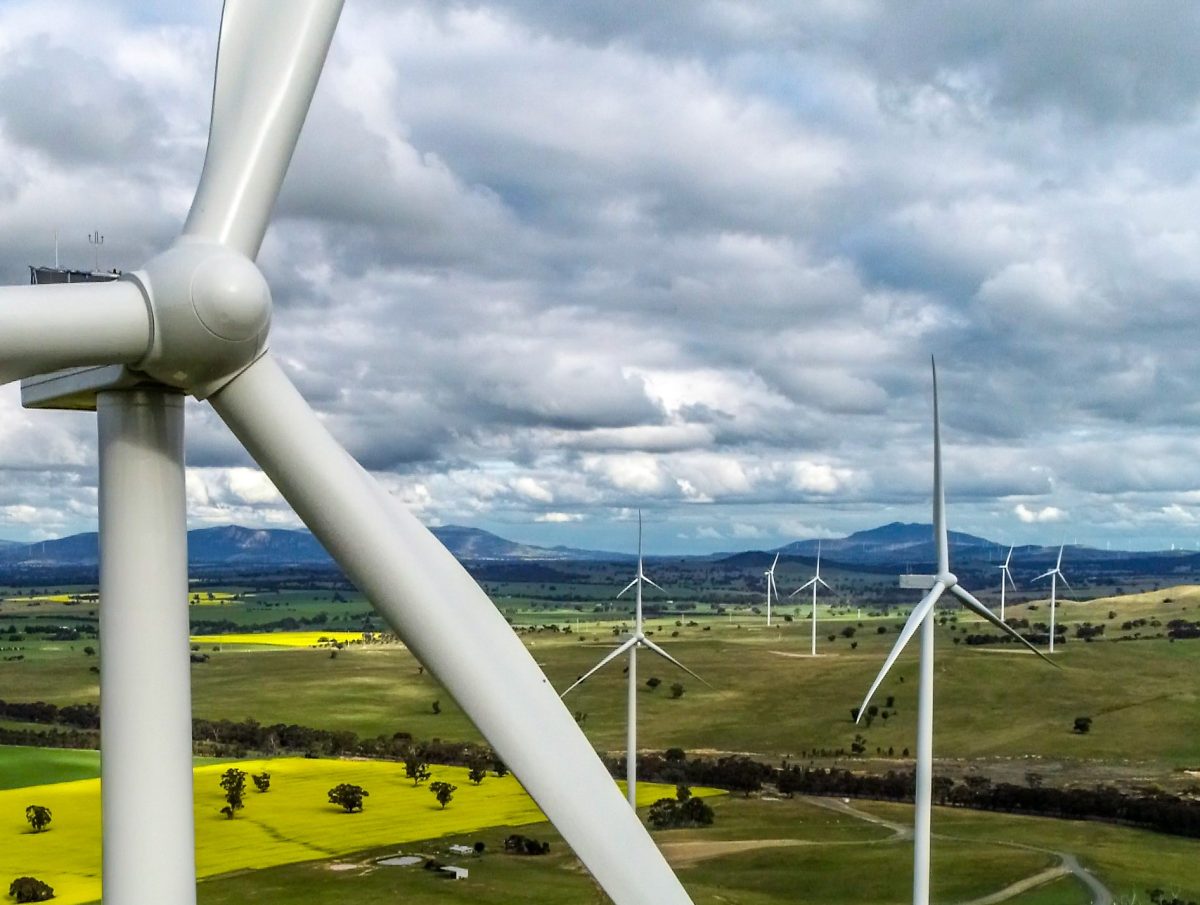
Fast-tracked projects are helping to meet Victoria’s clean energy targets. Photo: Victorian Department of Energy, Environment and Climate Action.
The Victorian Government has announced that the state is on track to meet its renewable energy targets, with new levels of renewable energy generation.
Minister for Energy and Resources Lily D’Ambrosio announced that cheap renewable energy made up more than 42 per cent of the state’s electricity supply in the past financial year. The data means that Victoria is on track to not just meet its legislated renewable energy target of 40 per cent by the end of the year but to exceed it.
The government said it had hit each of its renewable energy targets and was on its way to meeting the next goal of 65 per cent renewable energy generation by 2030. The following target is 95 per cent by 2035.
More than 90 large-scale renewable energy projects are hosted in Victoria because of the Labor Government, with almost 7 gigawatts of renewable energy added to the grid. This reduces greenhouse emissions drastically and lowers energy prices.
On an individual or business level, rooftop solar is having an impact on energy, with office, warehouse and home solar contributing almost 11 per cent of Victoria’s energy needs in the past financial year.
Victorian wholesale power prices are the lowest in the country. Over the past financial year, wholesale power prices for the state were $107 per megawatt hour, while Tasmanians pay $115, Queenslanders $127, South Australians $138 and NSW residents $151.
“Our focus is on delivering cheaper power bills for Victorian families – helping to cut the cost of living and put more money back in the pockets of Victorian families,” Minister D’Ambrosio said.
More proposed or committed renewable energy projects in Victoria are set to provide more than 50 gigawatts, showing investment in the state and a project pipeline fit for future energy needs.
“Our record investment in renewable energy is paying off – Victoria consistently has the lowest wholesale power prices in the country, helping to slash energy bills for families and businesses,” Minister D’Ambrosio said.
In an effort to build projects faster, the Development Facilitation Program is fast-tracking proposals. The system of fast-tracking has unlocked nearly $5 billion in investment across 18 projects, which will create about 1900 jobs in construction and operation.
These projects, once completed, will collectively create enough electricity for about 574,000 households a year. With battery storage, these projects will be capable of satisfying evening peak demand for almost a million households.


